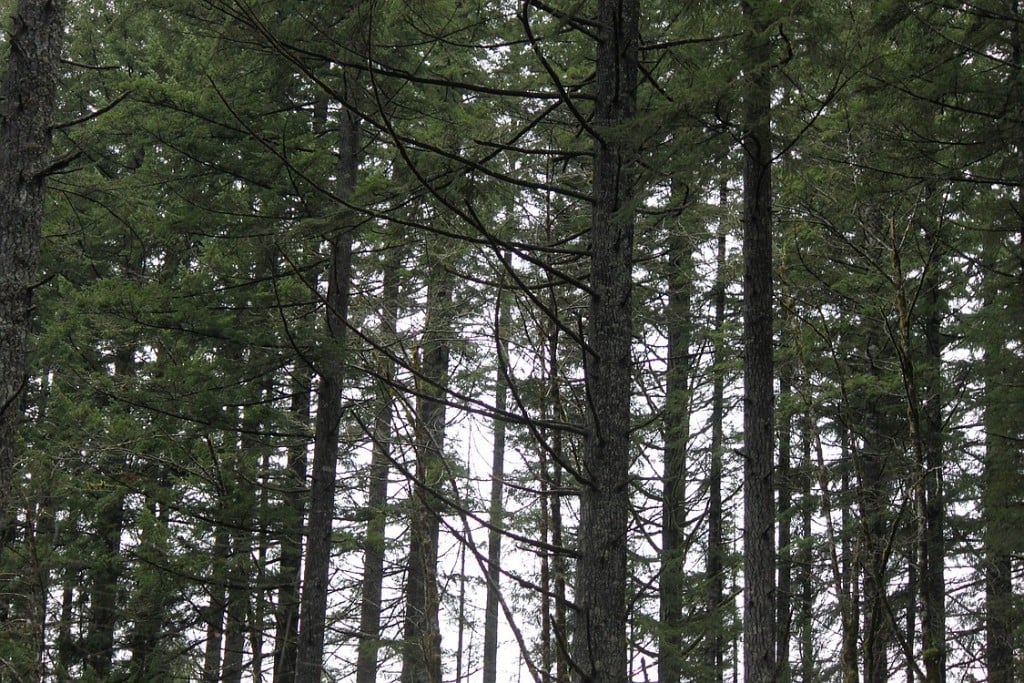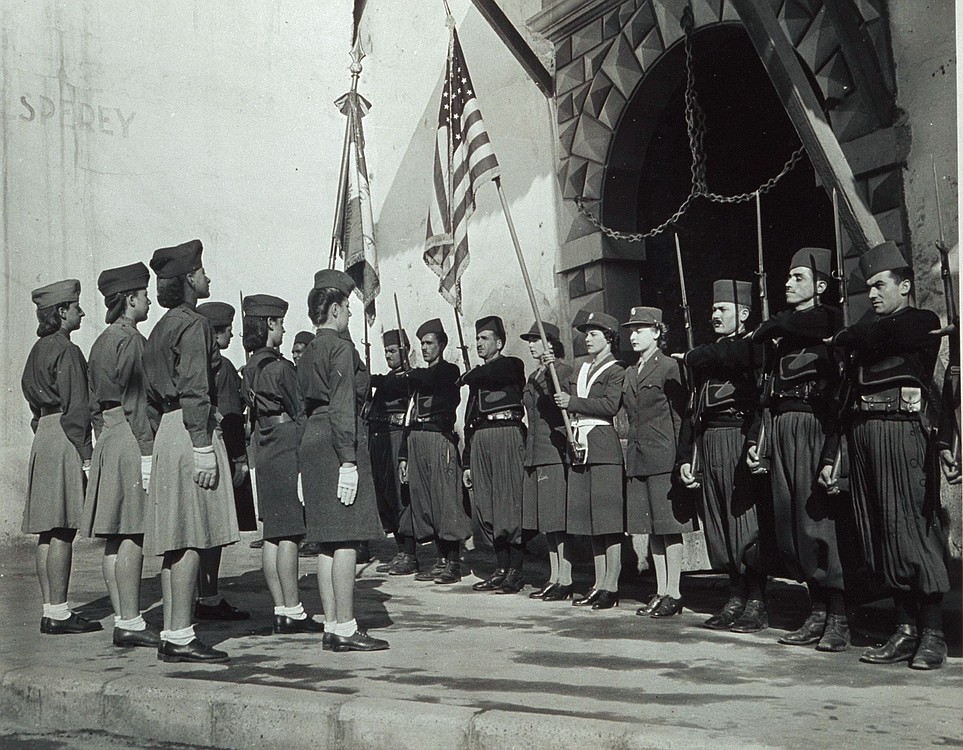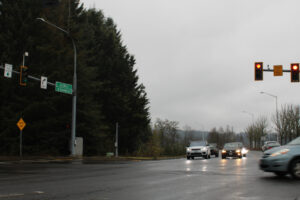As early as this summer, the city of Camas could be embarking on its first of many forest harvesting efforts. It is one element of a management plan that has been developed for the city’s expansive watershed.
Located 10 miles northeast of Camas, near the southwest corner of the Gifford Pinchot National Forest, the Jones Creek and Boulder Creek watershed consists of nearly 1,700 acres of mature forest land, of which approximately 1,300 acres has been identified as suitable for harvesting,
The property, originally purchased by the city between 1923 and 1950, is currently used to collect water for municipal purposes via intake facilities on Boulder Creek and Jones Creek.
According to Public Works Director Eric Levison, it’s a seasonal source of water that is tapped into annually from Nov. 1 to May 15. During this time period, he said the city pumps approximately 2 million gallons a day from the watershed, which is just below the city’s daily use average during the winter.
In the past, the watershed’s fire suppression roads were routinely managed by the city, but those efforts faded in the early 1980s. With the exception of improvements and maintenance of the water intake facilities, the forest has been left largely unmanaged for more than 60 years.




